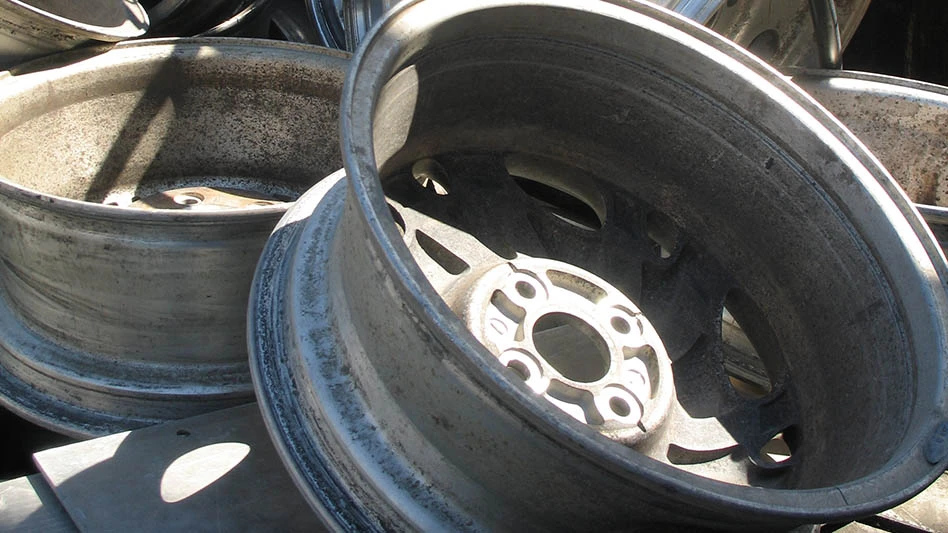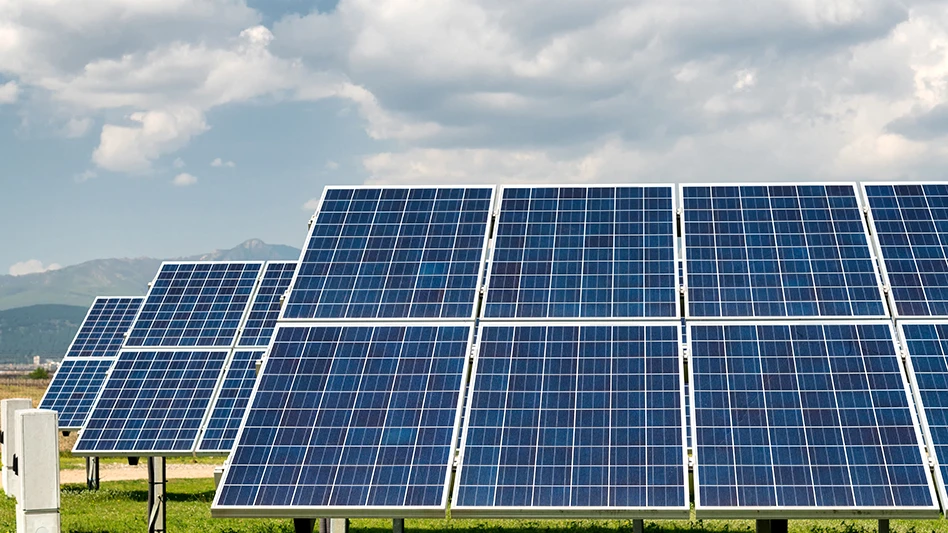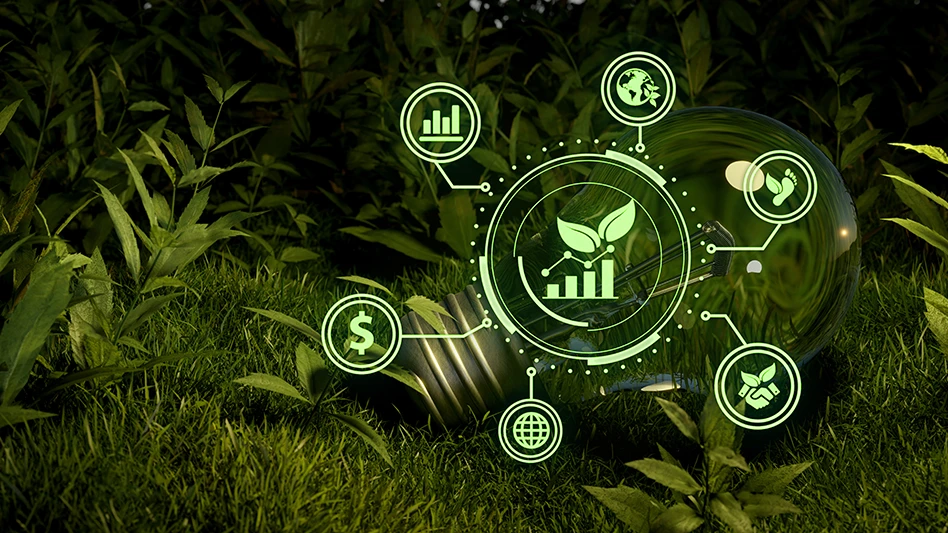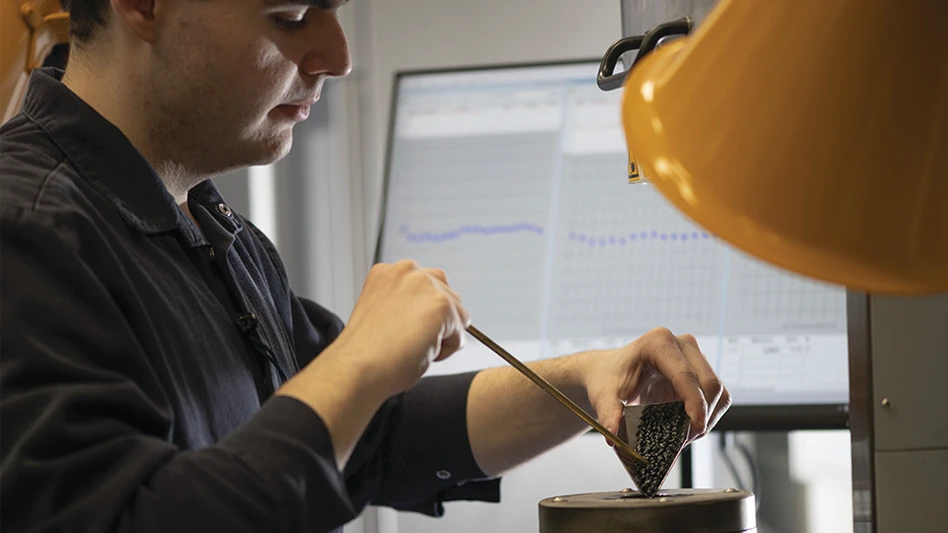Singapore-based Green Li-ion says it is “leading the charge” in lithium-ion battery (LIB) recycling and the circular economy with technology it calls “more efficient and effective” than others it has studied.
The company, co-founded by Singaporeans Leon Farrant and Dr. Reza Katal, uses technology the duo started developing a decade ago. The Green Li-ion “rejuvenating technology,” the company says, has produced a lithium-ion recycling method “that is 10 times quicker, costs a quarter of the original amount and produces 99.9 percent pure cathodes, all with the technological specs and figures to prove it.”
The technology is “able to recycle a myriad of LIB types at once using one machine alone, the GLMC-1,” states the firm. Batteries that can be recycled in the GLMC-1 include those found in mobile phones, tablets and laptops, according to Green Li-ion.
The GLMC-1’s technology is based on a co-precipitation sequence and control system that can process various types of spent LIBs. “This revolutionary co-precipitation method allows the recovery of cathode metal salts in their original form, without separation of the metal elements, speeding up the recycling process by two to three times,” says the firm.
The obtained metal salts then serve as the precursor for synthesis of new cathode material that can form the basis for new LIBs, “closing the loop to form a circular energy economy,” says Green Li-ion. The technology can be applied to enhance existing LIB recycling processes to increase purity and profitability, but can also serve as a stand-alone system for recycling and cathode manufacturing.
Since its debut, Green Li-ion has raised $400,000 in pre-seed funding, “graduating with the highest funding in their Entrepreneur First Singapore 2020 cohort of 10 companies, despite the global pandemic and economic downturn,” says the firm.
One of Green Li-ion’s investors is HAX, a hardware startup accelerator with offices in China, the United States and Japan that is owned by U.S.-based venture fund SOSV. Professor Seeram Ramakrishna, chair of the Circular Economy Task Force at the National University of Singapore also serves on Green Li-ion’s advisory board.
The company is targeting a global market for LIBs that may have reached 2 million metric tons per year and could grow rapidly, depending on the market share fortunes of electric vehicles (EVs).
“With the growing scarcity of lithium in existing salt flats and overall demand for the raw chemical of lithium compound growing exponentially, from less than 100,000 metric tons per year in 2015 to a projected 700,000 metric tons by 2025, it is clear that letting precious lithium-ion compounds waste away in landfills is a deeply flawed economic model,” states Green Li-ion.
Sponsored Content
Still relying on manual sorters?
Let AI do the heavy lifting. Waste Robotics delivers reliable, high-performance robots tailored for complex waste streams. They require minimal maintenance, are easy to operate, and are designed to boost your recovery rates. Smarter sorting starts with the right partner. Waste Expo Booth #1969 & REMA #2843
Click here to see our robots in action!Get curated news on YOUR industry.
Enter your email to receive our newsletters.
Latest from Recycling Today
- New recycling grant program launches in Massachusetts
- Tire Recycling Foundation names executive director
- Dock 7 named 2025 Exporter of the Year at New Jersey International Trade Awards
- Waste Connections reports ‘better than expected’ Q1 results
- Commentary: How EPR is transforming the packaging industry
- Acerinox names new North American Stainless CEO
- Greenwave closes 2024 books with red ink
- Steel Dynamics nets $217M on record shipments








